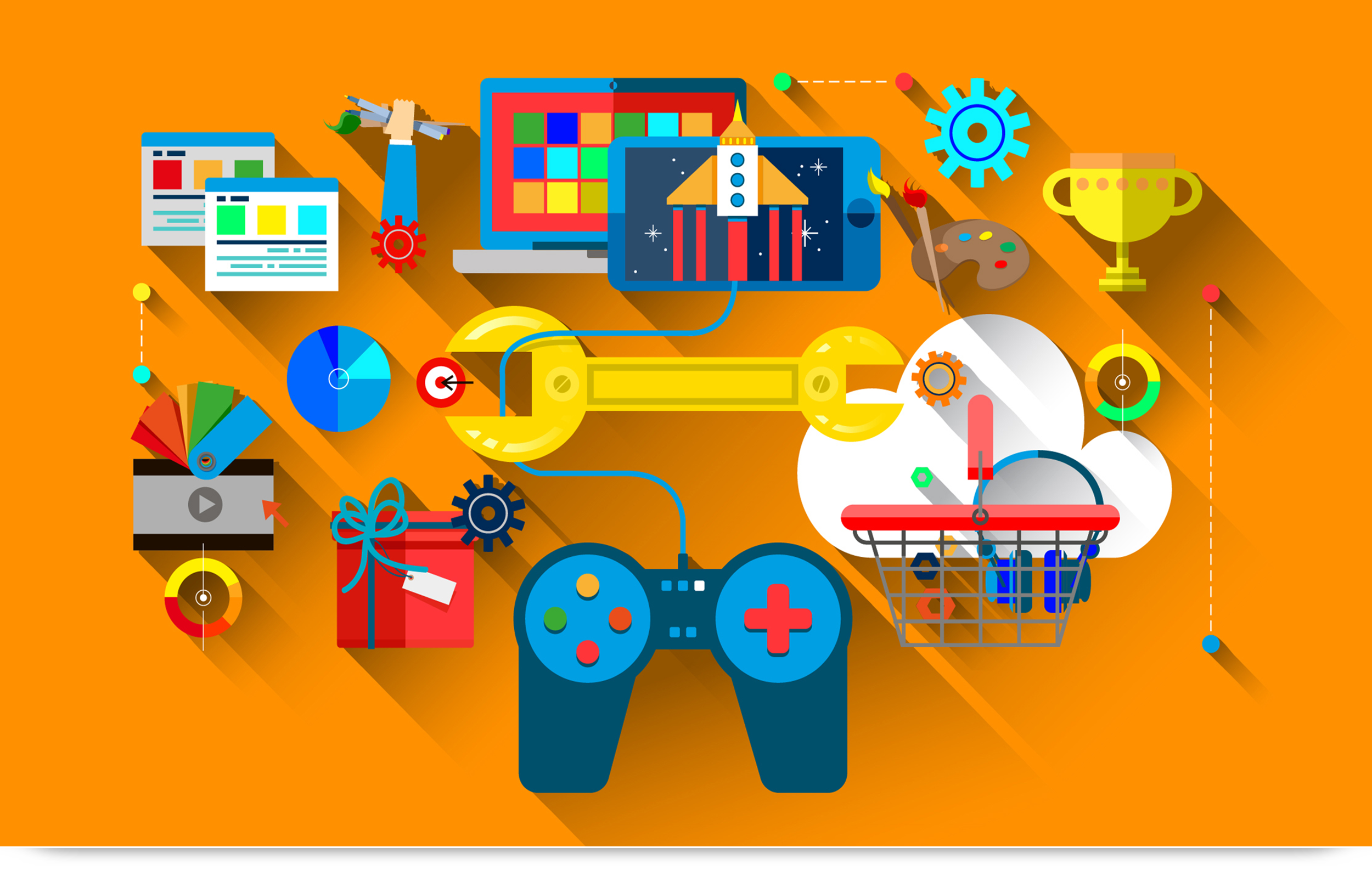
Short answer: A game developer is a general term for anyone involved in making games—from coding and design to art, sound, and production. Sometimes it refers specifically to programmers, but in industry usage it often means the creators of games as a whole.
Who is NOT a Game Developer?
- A person who only plays games (even a lot) is not a Game Developer.
- A person who only reviews or streams games (that’s a Critic/Influencer) is not a Game Developer.
- A person who only publishes or markets games (that’s Publishing/Marketing) is not a Game Developer.
- A person who only tests for bugs (that’s QA) is not a Game Developer.
What does a Game Developer do?
- Programming: write code for gameplay, systems, AI, graphics, physics.
- Designing: build mechanics, rules, and player experiences.
- Art & Animation: create characters, environments, textures, and animations.
- Audio: design sound effects, music, and voice integration.
- Production: coordinate schedules, tasks, and resources.
- Testing: ensure stability, balance, and playability.
- Collaboration: work across disciplines to build a finished product.
Why it matters
“Game developer” is the umbrella identity—without it, none of the specialized roles (designers, artists, programmers) come together. It’s the title that represents the industry as a whole.
Common misconceptions
- “Game developer = programmer only.” → Wrong. Developers include artists, designers, writers, testers, and producers.
- “Game developers just play games all day.” → Reality: long hours of coding, debugging, designing, and iterating.
- “It’s a one-person job.” → In indie it can be, but AAA games need hundreds of developers.
Core skills & tools
- Engines: Unreal Engine, Unity, Godot.
- Programming languages: C++, C#, Python (depending on role).
- Art tools: Photoshop, Blender, ZBrush, Substance.
- Audio tools: FMOD, Wwise, Reaper, Pro Tools.
- Soft skills: teamwork, problem-solving, creativity.
Practical frameworks
- Agile development: iterative cycles, sprints, prototyping.
- Vertical slice: build one polished piece before scaling up.
- Cross-discipline workflows: syncing art, code, audio, and design.
- Post-mortems: lessons learned after releases.
Portfolio tips
- Show playable projects (even small ones).
- Include role breakdowns: what part you handled.
- Document tools and engines used.
- Collaborate on game jams and include results.
Quick example
Think indie developers like ConcernedApe (Stardew Valley) who did almost everything alone.
Or AAA studios like CD Projekt RED or Naughty Dog—teams of hundreds of developers across roles.
Author: Pouria Mojdeh
References:
- Jason Gregory – Game Engine Architecture (CRC Press, 2018)
- Jesse Schell – The Art of Game Design: A Book of Lenses (CRC Press, 2019)
- Tracy Fullerton – Game Design Workshop (CRC Press, 2018)
- Heather Maxwell Chandler – The Game Production Handbook (CRC Press, 2020)
- Game Developer (formerly Gamasutra) – www.gamedeveloper.com
